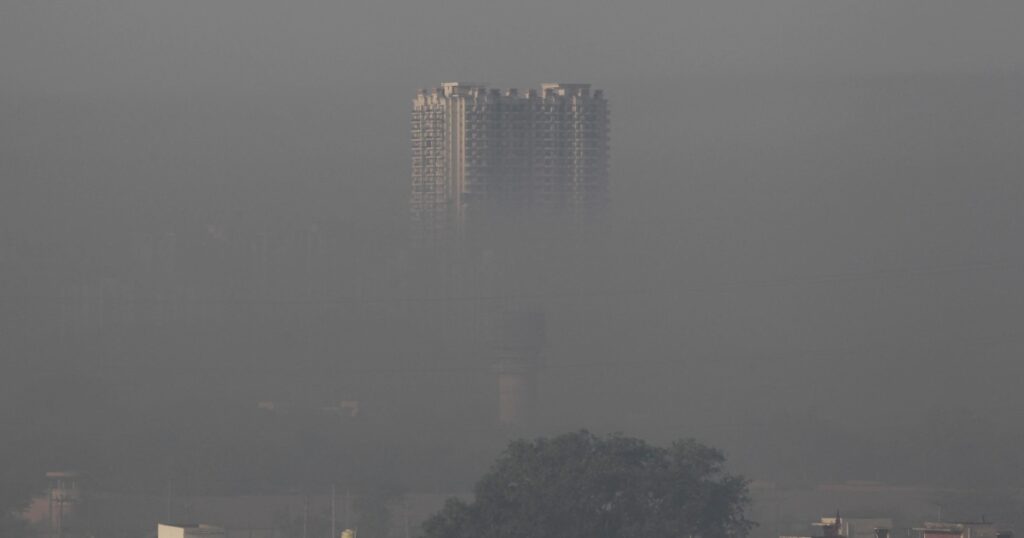The National Oceanic and Atmospheric Administration has reported that global carbon dioxide levels in the atmosphere have surpassed 430 parts per million (ppm) for the first time, marking record highs with an increase of over 3 ppm from the previous year. This rise in CO2, a major greenhouse gas, is primarily due to human activities such as the combustion of fossil fuels and continues to exacerbate climate change.
Ralph Keeling, a climate scientist at the Scripps Institution, expressed concern over this development, indicating that human society has entered uncharted territory, as CO2 levels have not been this high in over 30 million years. The current trajectory suggests that levels could reach 500 ppm within the next 30 years, significantly impacting global temperatures, sea levels, and extreme weather events.
Keeling emphasized the rapidity of this change and its implications for future living conditions, noting that humanity’s civilization has adapted to a much different climate. Atmospheric CO2 measurements are crucial for assessing the planet’s health and are visually represented in the Keeling Curve, which illustrates the sharp increase since the Industrial Revolution. The Scripps Institution recorded an average of 430.2 ppm in May, while NOAA reported 430.5 ppm. These measurements serve as vital indicators of human impact on climate change and overall environmental health.
Source link


